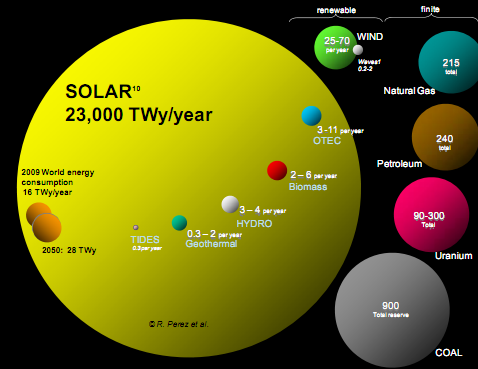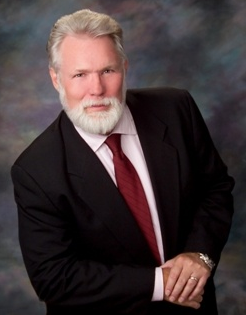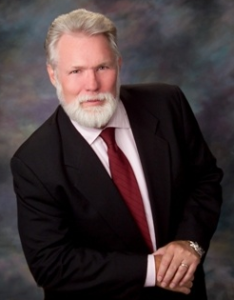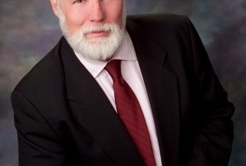Lancaster’s New Home Solar Mandate Helps Prove Solar Is Attractive To Conservatives
April 9th, 2013 by Zachary Shahan
On March 4, we wrote about Lancaster’s requirement that all new single-family homes have solar panels installed on them. So we skipped covering the confirmation of that when the City Council of Lancaster (CA) made it official on March 26. However, I’ve decided to come back to it for one important reason.
As reported previously, Lancaster’s Mayor, who brought up the plan (and wants to make Lancaster the “solar energy capital of the world”), is a Republican. Mayor Rex Parris (look at that, his name is even Rex).
While many still file solar power under the “green, liberal” category, polls have show for years that both Republicans and Democrats love solar. I think the confusion comes from attacks on solar from high-level Republicans in Congress. But as this story shows, high-level Republicans in other sectors of politics can actually be solar champions… already are.
And, at least as significant is that there was basically no pushback from the city’s largely conservative constituents. Mayor Parris said: “It serves as a model. Here I am in an extremely conservative area, and there was almost no push-back.”
Of course, this may seem like a big anomaly, but it shouldn’t be. I think the real story that should be emphasized here is why solar power makes a great cause or technology for Republicans to champion. Solar power provides transformative energy independence, self-reliance. If I’m not mistaken, self-reliance is something that conservatives are all about (at least, theoretically). Of course, the energy independence means relying less on foreign countries for one of the staples of modern life, and even more so if you use that solar power to charge your electric car.
The sun isn’t going anywhere. There considerably more solar potential hitting the earth every year than in all known fossil fuel reserves.

“Comparing finite and renewable planetary energy reserves (Terawatt‐years). Total recoverable reserves are shown for the finite resources. Yearly potential is shown for the renewables.” (Source: Perez & Perez, 2009a)
It seems pretty darn conservative to rely on energy that you know will always be there rather than relying on fossil fuels that must be extracted from the ground, are much more limited, and can come with wild price fluctuations — not to mention monopolistic, myopic, and market manipulations. I imagine the sun isn’t going to pull a fast one on you and jerk you around unexpectedly after you get dependent on it for your electricity needs.
Of course, solar power also won’t destroy your habitat, the climate we all rely on for life. And if you thought that was somehow lost on Republicans, check out the latest gallup polls, which show that the majority of Republican voters do think that we should address climate change. Again, it seems like an obviously conservative stance to protect the resources we rely on for life. We all know why this has become a political issue on the national stage — because mega-rich fossil fuel executives have partnered with political leaders (almost entirely Republicans) to make it a political issue, and to slow the inevitable energy revolution. But in local and state situations where there isn’t this conniving going on, Republicans are standing up to protect our climate.
Parris, for example, nails the matter: “The one thing we have to recognize is just how desperate this situation is with global warming,” Parris said, “and at the same time recognize that we can actually fix it. We have tremendous capability if we just have the courage to do it.”
And then he nails it again: “The Republican Party is in a quandary because the polling shows that the voters support environmental protection. It’s the leadership that doesn’t,” Parris said. “You’d have to be a moron to discount global warming. I don’t know anybody that doesn’t recognize it’s occurring.”
I haven’t yet heard of other cities, counties, or states enacting a similar home solar mandate. But I’m hopeful that others have read what Lancaster has done and are in the process of working out a similar mandate in their area. California is a well known leader in the solar energy space, but it isn’t actually the top solar power state per capita — based on 2011 installation data, California is only #6 in solar power capacity per capita (I’m currently waiting on 2012 data to update this ranking).
But even without a mandate, the good news is that solar power has gotten so cheap now that it’s possible for many people to go solar out of their own initiative, and a large number of those people will even save money (tax-free money, at that!) for switching to solar-powered electricity. Have you checked your options lately?
Keep up to date with all the hottest cleantech news by subscribing to our (free) cleantech newsletter, or keep an eye on sector-specific news by getting our (also free) solar energy newsletter, electric vehicle newsletter, or wind energy newsletter.




























Pingback: San Diego Loves Green – Lancaster’s New Home solar mandate proves solar is attractive to Conservatives